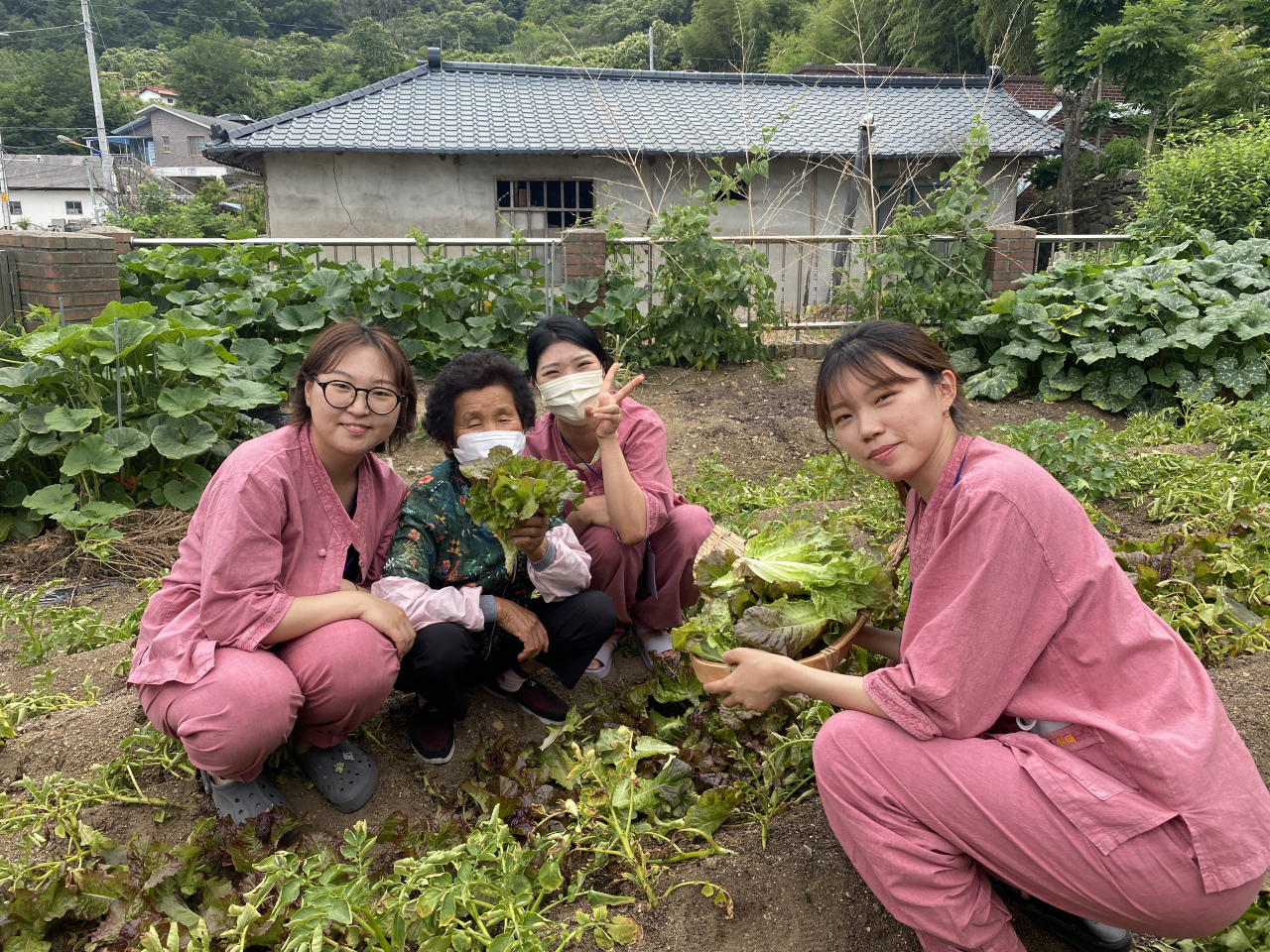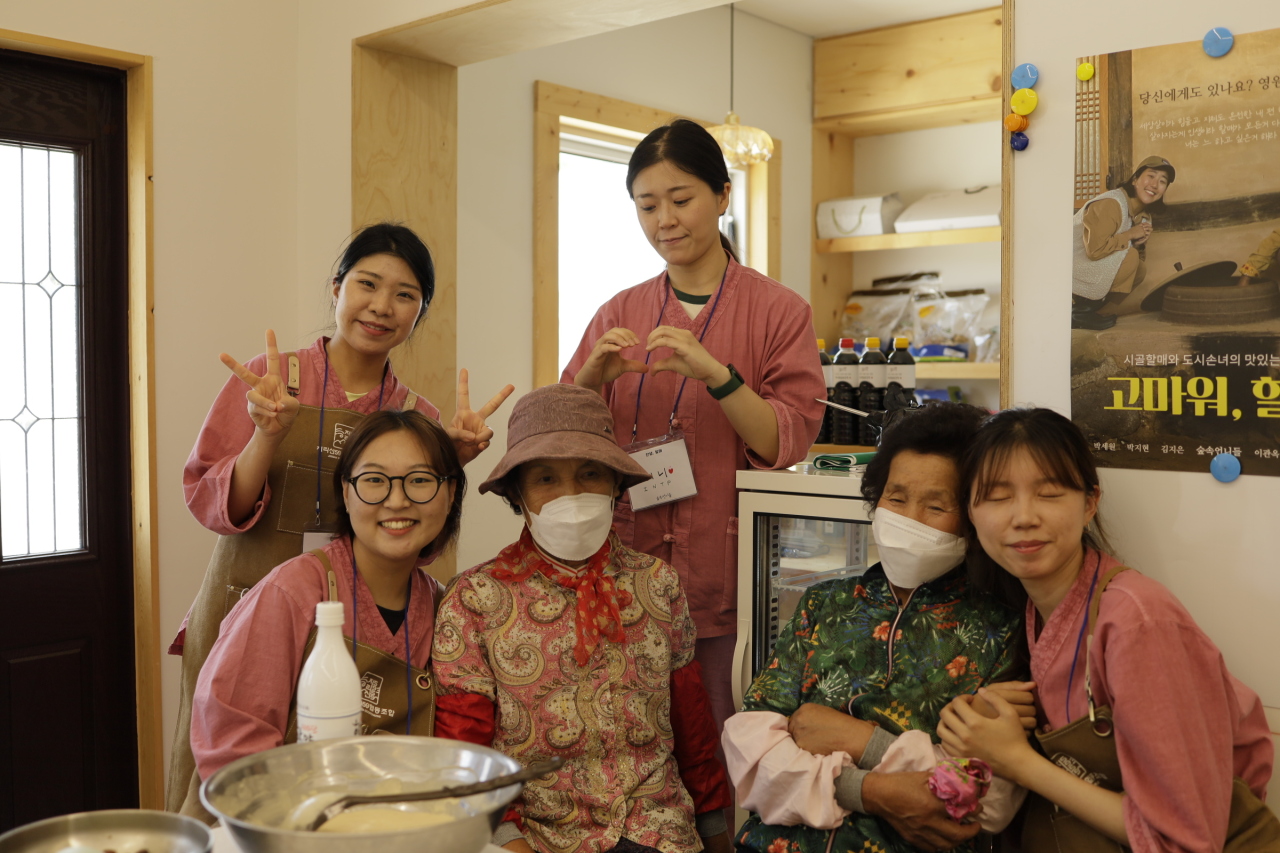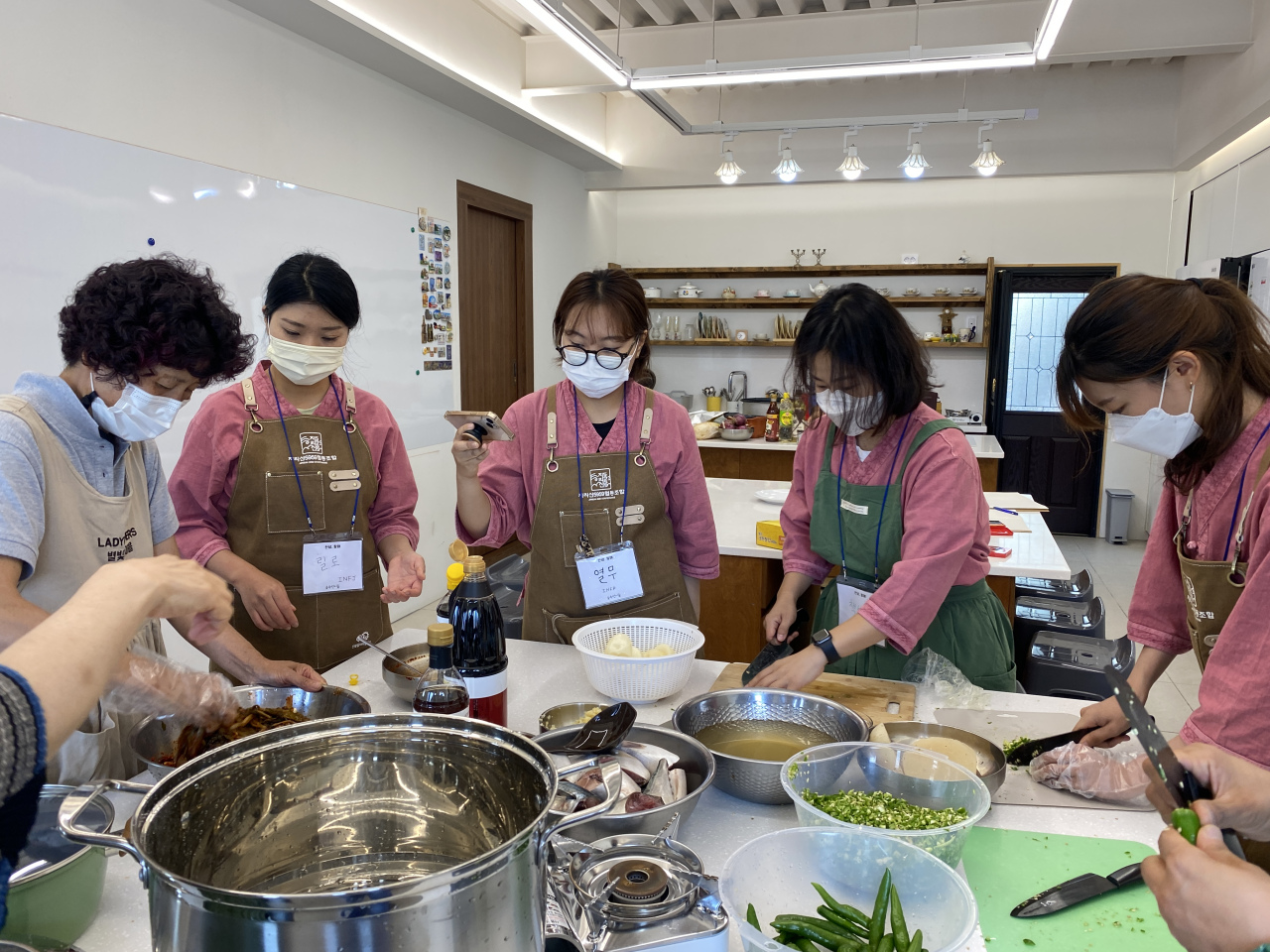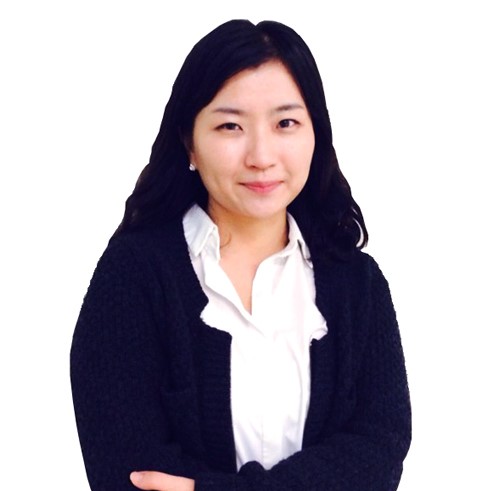Regions reach out to young adults to save vanishing villages
By Park Han-naPublished : July 13, 2022 - 15:25

Until this summer, Jeong Ran, a freelance photographer, had no idea where Hamyang was.
The rural county of South Gyeongsang Province is just about one and a half hours’ drive from the city of Gumi, where she lives, yet it has never entered her scope of interest.
When this reporter talked to her early this week, the 32-year-old was on her second trip to Hamyang. Only two weeks ago, she returned from a two-week rural stay program there.
“This time, I want to make postcards with pictures of Hamyang to share the beauty of this area with other people,” she said over the phone.
People like Jeong are a ray of hope for the county, which, like many rural villages in South Korea, faces a growing risk of extinction due to sustained population losses.
After struggling for many years to reverse the population decline, officials are trying a new tactic: Instead of trying – often in vain – to attract long-term residents and in-migrants, they come up with programs to help nonresidents, like Jeong, develop a certain relationship with their village.
More than tourists, these people, collectively dubbed the “relationship population,” would engage with local communities in diverse ways, bringing vivacity to the village and contributing to its economy.
Relationship population appears to be a concept imported from Japan, which has long struggled with rural depopulation issues.
It gained a footing in South Korea last year when the Ministry of Interior and Safety designated some 89 small cities and counties across the country as “depopulation areas” in need of central government support to avoid extinction.
“Relationship population is expected to contribute to the revitalization of agricultural and fishing villages in rural areas, as they are supporters for the communities there and potential permanent residents,” Seong Joo-in, a senior researcher at the government-funded think tank Korea Rural Economic Institute, said.

The benefits are not one-sided.
Urban residents, too, would benefit from frequently visiting and engaging with countryside villages. Cities may have all the infrastructure, jobs and opportunities, but many dream of escaping from the hustle and bustle for relaxation, better work-life balance, or to reconnect with nature, the expert said.
Seong’s institute surveyed 2,518 urban dwellers in October last year and found that while people aged 50 and over visit the rural areas to meet parents and relatives, those in their 20s and 30s are more likely to visit the countryside for economic activities, personal leisure like art creation and community activities such as volunteer services.
“It is important for the authorities to promote rural areas and offer youngsters chances to stay and start a business or something there, as they don’t have memories or personal connections with the areas,” the researcher said.
Pilot projects to nurture the relationship population have just started.
In May, the interior ministry selected two such programs to receive government grants.
One of them is a project called “Thanks, halmae (granny in Korean),” launched by Park Seo-won, 27, who runs a small producer of traditional Korean sauces in Hamyang with her mother.
The two-week program is based on her idea of inviting city girls to learn how to cook healthy home meals from older women in Hamyang -- the halmae. Hamyang has plenty of human resources for that, as 35 percent of its population of 38,415 are aged 65 and older.

“Young people who moved here from cities, including myself, have received huge support from older people in the village as we struggled to settle down and adapt to the new environment,” Park said.
“I wanted to return the favor and find ways for young and old generations to live together,” she said.
Jeong was among the eight participants of the inaugural program, which lasted from June 15 to June 28. She said she applied to join the program because she missed the days she spent with her grandmother, who passed away years ago. She also wanted to learn healthy diet recipes, having developed unhealthy eating habits while living alone.
Park is now preparing to welcome the second group of participants who will stay in Hamyang for two weeks, interacting with villagers.
“I want Hamyang to be the young participants’ second home,” she said. “I hope that Hamyang can be a place where they can come when they have a hard time or when they think of good memories they had here.”
Park’s ultimate goal is to create a cultural space where people can enjoy food made with halmae’s recipes and performances that reflect their lives.
Seong, from the Korea Rural Economic Institute, said providing information about the villages is important for the relationship population projects to succeed, as is the case with rural migration programs. Also, the voice of villagers should be respected, as efforts to attract outsiders could cause discomfort to permanent residents, he added.





![[From the Scene] Monks, Buddhists hail return of remains of Buddhas](http://res.heraldm.com/phpwas/restmb_idxmake.php?idx=644&simg=/content/image/2024/04/19/20240419050617_0.jpg&u=20240419175937)





![[Graphic News] French bulldog most popular breed in US, Maltese most popular in Korea](http://res.heraldm.com/phpwas/restmb_idxmake.php?idx=644&simg=/content/image/2024/04/18/20240418050864_0.gif&u=)



![[From the Scene] Monks, Buddhists hail return of remains of Buddhas](http://res.heraldm.com/phpwas/restmb_idxmake.php?idx=652&simg=/content/image/2024/04/19/20240419050617_0.jpg&u=20240419175937)

![[KH Explains] Hyundai's full hybrid edge to pay off amid slow transition to pure EVs](http://res.heraldm.com/phpwas/restmb_idxmake.php?idx=652&simg=/content/image/2024/04/18/20240418050645_0.jpg&u=20240419100350)

![[Today’s K-pop] Illit drops debut single remix](http://res.heraldm.com/phpwas/restmb_idxmake.php?idx=642&simg=/content/image/2024/04/19/20240419050612_0.jpg&u=)